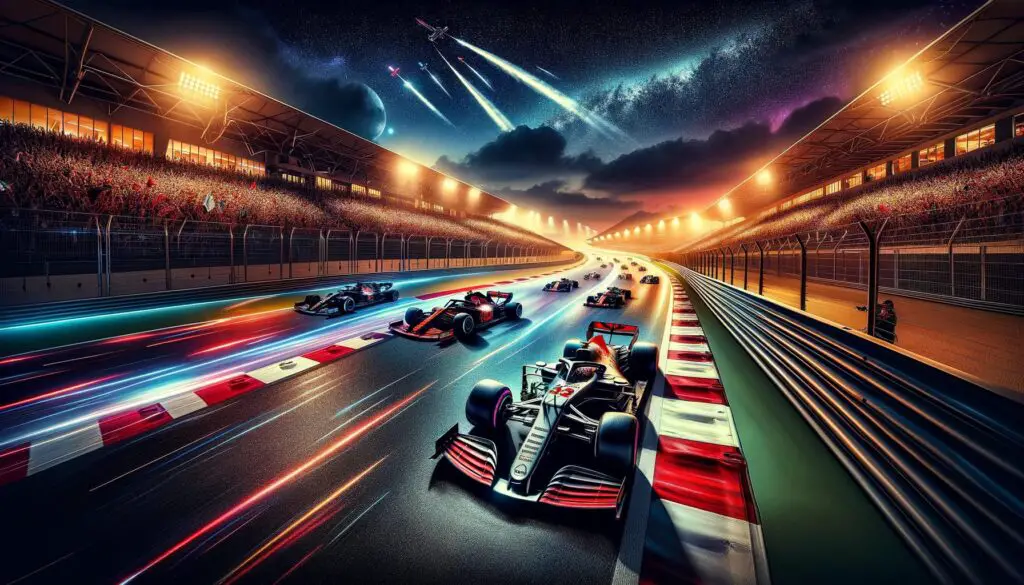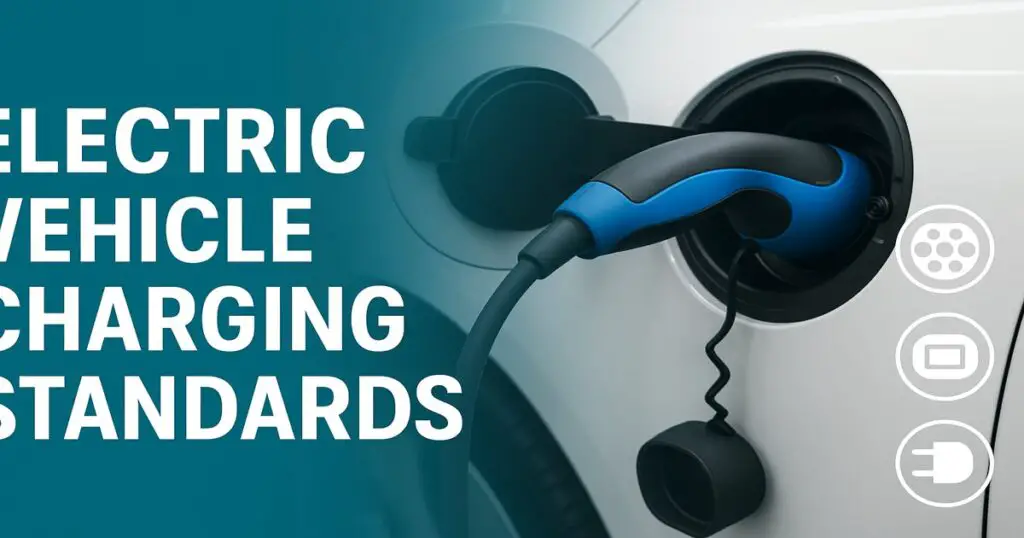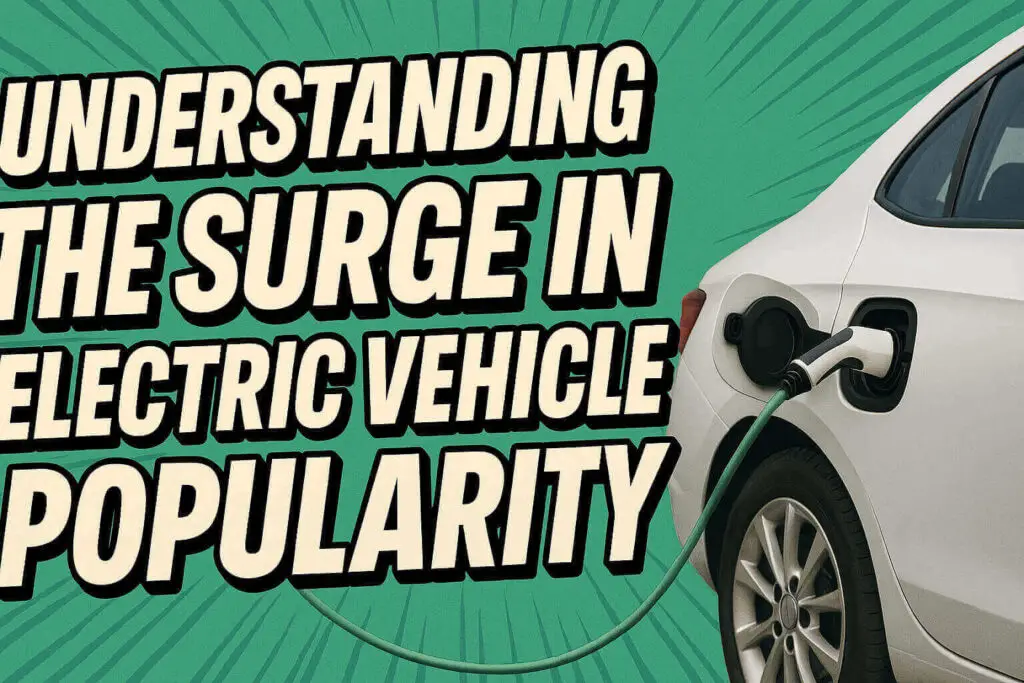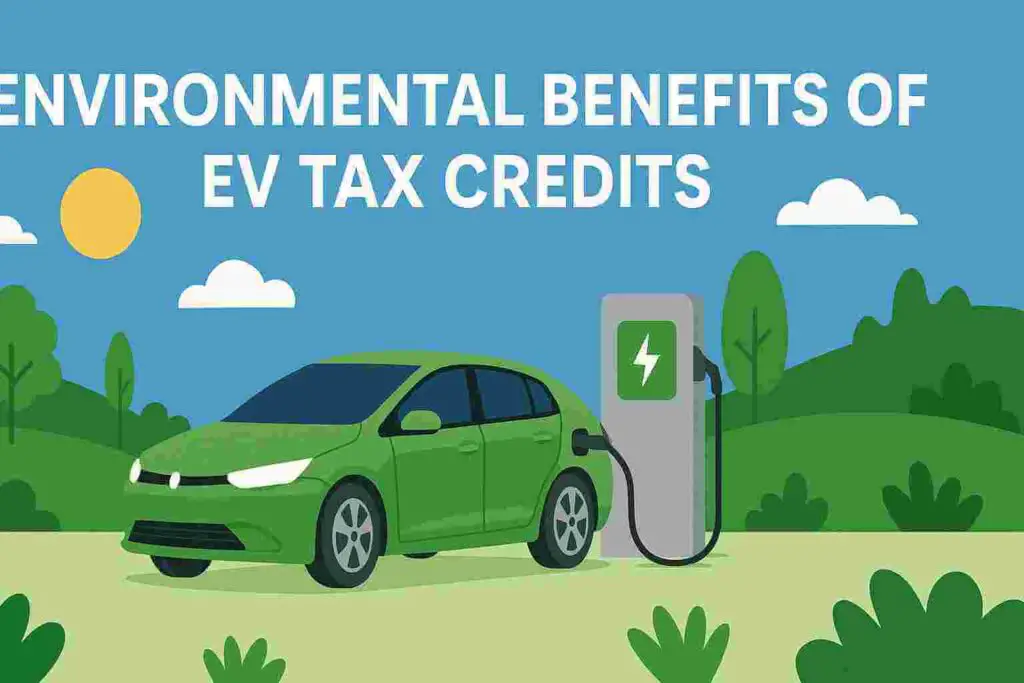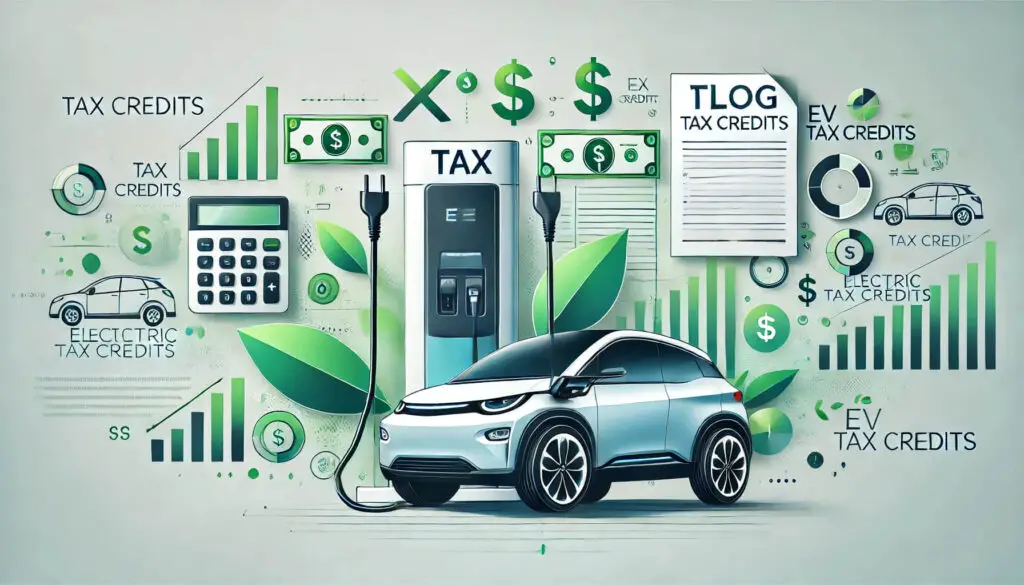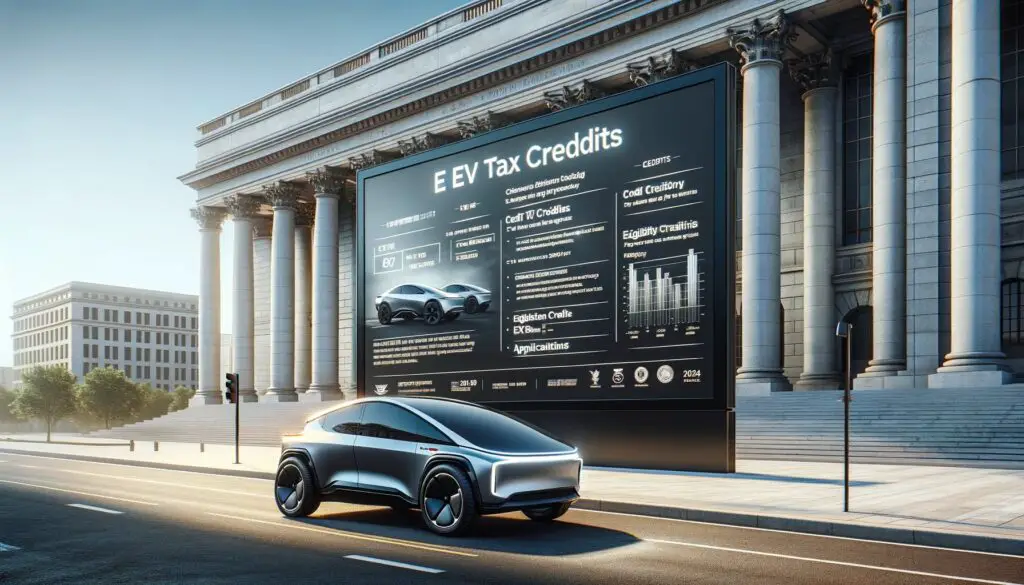The 2025 Bahrain Grand Prix served as a crucial turning point in the early season, and the qualifying sessions played a key role in shaping strategies and expectations for the race. Held at the Bahrain International Circuit in Sakhir on 12 April 2025, qualifying determined the grid, but more importantly, it revealed which teams had pace under pressure, who could manage track conditions, and how much influence starting positions would carry in the desert night race. Formula 1® – The Official F1® Website+3Wikipedia+3Formula 1® – The Official F1® Website+3
In this article, we’ll break down each qualifying stage (Q1 → Q3), highlight standout performances and surprises, analyze team/driver reactions, and discuss how those results influenced the race itself.
Qualifying Format & Conditions
Before diving into results, it’s useful to recall how qualifying works and what the track conditions were like:
-
Format: Three knockout sessions (Q1, Q2, Q3).
-
Q1: All drivers set times; the slowest (and any over the 107% rule) are eliminated.
-
Q2: The remaining drivers fight for spots in Q3; again, slowest drop out.
-
Q3: Top 10 contenders battle for pole position.
-
-
Track & Conditions: Qualifying took place under cooler night-time conditions, which are more representative of race conditions in Bahrain. Wind and track temperature sensitivity were challenges mentioned by team principals.
-
Interruptions: A red flag was triggered in Q2 when Esteban Ocon crashed his Haas at Turn 2, affecting session flow and how teams timed their runs. Wikipedia+2RacingNews365+2
-
Penalties & Lap Deletions: Nico Hülkenberg had times deleted for track limits, causing his effective starting position to drop.
These factors made qualifying more than just a pace test—it became a mix of strategy, timing, and error management.
Qualifying Results: Q1 → Q3
Here’s how the sessions played out and who emerged on top:
Q1 Highlights & Eliminations
-
Several drivers struggled with track limits; Hülkenberg’s laps were deleted after exceeding limits. Wikipedia+2Formula 1® – The Official F1® Website+2
-
Alexander Albon, Lawson, Bearman, and others were eliminated. Wikipedia+2Wikipedia+2
-
Drivers on the bubble had to balance pushing early vs saving tires for later.
Q2 Drama & Red Flag
-
Ocon’s crash triggered a red flag in Q2, disrupting runs and forcing teams to re-optimize. RacingNews365+3Wikipedia+3Formula 1® – The Official F1® Website+3
-
Mercedes mistakenly sent both cars out too early, resulting in a penalty. Wikipedia+1
-
Some laps were deleted, adding uncertainty. Hülkenberg’s times in Q2 and Q1 were invalidated, dropping him lower than his raw pace might have placed him. Wikipedia+3Wikipedia+3Formula 1® – The Official F1® Website+3
Q3 & Pole Battle
-
Oscar Piastri (McLaren) claimed pole with a lap of 1:29.841, edging out George Russell and Charles Leclerc. Wikipedia+4Formula 1® – The Official F1® Website+4RacingNews365+4
-
George Russell delivered a strong showing for Mercedes, slotting into P2. Formula 1® – The Official F1® Website+3Formula 1® – The Official F1® Website+3RacingNews365+3
-
Charles Leclerc clinched P3, showing Ferrari’s late pace. Wikipedia+3RacingNews365+3Formula 1® – The Official F1® Website+3
-
Kimi Antonelli (Mercedes) grabbed P4, ahead of Pierre Gasly in P5. Wikipedia+3Formula 1® – The Official F1® Website+3RacingNews365+3
-
Lando Norris, despite showing strong pace earlier, could only manage P6—some distance off the top 3. RacingNews365+2Formula 1® – The Official F1® Website+2
-
Max Verstappen ended up P7, less competitive than expected. Formula 1® – The Official F1® Website+1
The top 10 was rounded out by Carlos Sainz (P8), Lewis Hamilton (P9) and Yuki Tsunoda (P10). Formula 1® – The Official F1® Website+2RacingNews365+2
Standout Performances & Surprises
-
Piastri’s Dominance: The young McLaren driver produced a flawless lap in Q3, showing maturity and pace under pressure. Many commentators labeled him the standout of the session. Wikipedia+3PlanetF1+3Formula 1® – The Official F1® Website+3
-
Mercedes Recovery: Russell’s P2 was a strong result for Mercedes, especially after early mistakes by his team. Antonelli’s P4 further underlined their qualifying strength this weekend. PlanetF1+3Formula 1® – The Official F1® Website+3Wikipedia+3
-
Ferrari’s Mixed Day: Leclerc’s P3 was solid, but Lewis Hamilton struggled on his final Q3 lap, costing a higher position. Formula 1® – The Official F1® Website+2Wikipedia+2
-
Penalty & Grid Shuffle: Mercedes’ early exit to send cars out too soon incurred penalties, which altered starting positions. Wikipedia+1
-
Struggles from Red Bull: Verstappen’s P7 was underwhelming for a driver of his caliber, indicating possible setup or balance issues. RacingNews365+1
-
Track Limit Issues: Hülkenberg’s deletions hurt his qualifying result—something that can haunt teams in tight fields. Wikipedia+2Formula 1® – The Official F1® Website+2
Reddit and fan forums noticed rear instability issues affecting many top teams (excluding Mercedes). Some fans speculated McLaren was handling it best. Reddit
Impact of Qualifying on the Race
The qualifying session didn’t just set the grid—it also had tangible effects on how the race unfolded:
Track Position & First-Lap Advantage
-
Piastri’s pole gave him control at the start, which he successfully defended into Turn 1. Wikipedia+2PlanetF1+2
-
Russell’s pace put immediate pressure on McLaren, setting up a tight battle for the top two. Wikipedia+2Formula 1® – The Official F1® Website+2
-
Leclerc, by starting third, retained a shot at podium, though he had to fend off attacks from behind. RacingNews365+1
Strategy & Tire Choices
-
Because qualifying was under cooler conditions, teams used data to forecast which tire compounds would hold up better under race heat.
-
Some teams banking on “medium” compounds had to adapt to shifting conditions or safety car windows.
Penalties & Grid Adjustments
-
Mercedes’ penalty for sending cars out too early shuffled the starting order slightly, affecting some drivers’ race plans.
-
Hülkenberg’s qualifying deletion forced him further back, influencing his strategy (more aggressive early moves).
Psychological & Momentum Factors
-
Piastri’s pole boosted McLaren’s morale going into the race, especially as Norris had a weaker starting position.
-
Drivers starting mid-grid (e.g. Norris at P6) had to drive harder from the beginning, managing overtakes and tire wear.
-
Teams like Ferrari and Red Bull, who expected stronger qualifying, had to rethink race pace vs outright speed.
What Qualifying Revealed About Team Form
-
McLaren are serious contenders this season—pole in Bahrain is proof they’ve nailed both pace and consistency.
-
Mercedes may not be the fastest outright, but they’ve got strong qualifying balance and race potential.
-
Ferrari showed flashes of strength with Leclerc but remain fragile under pressure (especially for Hamilton).
-
Red Bull’s issues suggest the reigning champion car isn’t bulletproof everywhere and could be vulnerable under certain track conditions.
-
Midfield teams like Alpine, Williams, Aston Martin will take valuable data from qualifying about how far they can push in race trim.
Lessons & Takeaways
-
Qualifying sets the tone — in Bahrain, where track position and overtaking difficulty matter, qualifying is almost a half-win.
-
Error margins are tiny — lap deletions, grid penalties, bit errors in Q2/Q3 can cost multiple positions.
-
Balance vs. outright pace — some cars looked stronger over a lap, others better when managing tires/race pace.
-
Adaptability under interruptions matters (e.g. red flags, crashes).
-
Championship implications start here — early poles and strong race finishes shape momentum

